The Role of Design in Successful Injection Molding Projects
In manufacturing, the design phase is fundamental to the success of injection molding projects. A carefully planned design streamlines production processes, reduces costs, and accelerates time to market. By adhering to sound design principles, manufacturers can create products that meet functional and aesthetic standards while avoiding potential challenges during the molding process.
Good design extends beyond visual appeal; it optimizes material usage, enhances product durability, and ensures molds perform consistently under high-volume conditions. At Barton Tool Inc., we exemplify how strategic design investments can deliver exceptional results, giving businesses a competitive edge in efficiency, quality, and scalability.
The Importance of Design in Injection Molding
Effective design plays a critical role in the success of injection molding projects. A well-executed injection molding design significantly impacts production efficiency, cost-effectiveness, and product quality.
Understanding Injection Molding
Injection molding involves creating parts by injecting molten material into a mold. Understanding this process is essential for developing effective injection molding design strategies. Knowledge of material properties, mold design, and thermal management ensures optimal results and minimizes production issues.
Key Design Principles
Key design principles in injection molding include simplicity, uniform wall thickness, and minimal draft angles. Simplicity reduces production time and cost. Uniform wall thickness prevents warping and structural failure. Minimal draft angles facilitate mold release and enhance overall part quality. Adhering to these principles ensures a successful manufacturing process, improving both functionality and aesthetics.
Design Considerations for Injection Molding Projects
Design considerations significantly impact the effectiveness of injection molding projects. Key aspects include material selection and part design factors.
Material Selection
Material selection directly influences the injection molding design process. Choosing the right material affects properties like strength, flexibility, and durability. Common materials for injection molding include thermoplastics like ABS, polycarbonate, and nylon. Each material offers unique characteristics that cater to specific product requirements. Proper assessment of material properties ensures optimal performance and cost-effectiveness in production.
Part Design Factors
Part design factors also play a vital role in injection molding success. Key elements include wall thickness, draft angles, and features such as ribs and bosses. Uniform wall thickness promotes even material flow, reducing warping and defects. Appropriate draft angles facilitate mold release, while well-designed ribs enhance structural integrity. Attention to these design elements streamlines production, minimizes costs, and ensures high-quality outcomes.
Common Design Challenges in Injection Molding
Injection molding design poses challenges that affect production efficiency and product quality. To streamline production, designers should manage complexity by simplifying part geometry while ensuring functionality, which also reduces mold costs. Careful attention to tolerances is essential for optimal fit and function, requiring precise levels established during the design phase to account for material shrinkage and variations. Selective incorporation of tight tolerances can enhance performance and reduce the need for post-processing, ultimately improving production efficiency.
Best Practices for Successful Injection Molding Design
Effective injection molding design requires thorough prototyping and rigorous testing. Prototyping allows for the creation of physical models that reveal potential design flaws early in the production process. Testing these prototypes assists in validating the design concept, ensuring that the final product meets functional and aesthetic requirements. Iterative cycles of prototyping and testing lead to optimized designs that enhance manufacturability and product quality.
Prototyping and Testing
Prototyping within injection molding design facilitates the assessment of part functionality and manufacturability. Designers create prototypes using rapid prototyping techniques to quickly identify issues in design early on. Testing prototypes under real-world conditions reveals performance metrics and highlights necessary design adjustments, leading to improved final products.
Collaboration with Engineers
Collaboration with engineers is critical in injection molding design. Designers and engineers work together to align design specifications with manufacturing constraints. Open communication enables effective integration of technical insights into the design process, ensuring the feasibility of molds and reducing manufacturing costs. Joint efforts lead to innovative solutions, optimizing the overall injection molding project success.
Conclusion
Design plays a pivotal role in the success of injection molding projects. By prioritizing effective design strategies, manufacturers can significantly enhance production efficiency while reducing costs and time to market. The careful selection of materials and adherence to key design principles ensure that products not only meet functional requirements but also excel in aesthetics.
Prototyping and testing are essential steps that lead to optimized designs, allowing teams to identify and rectify potential issues early in the process. Collaboration among designers and engineers fosters innovative solutions that align with manufacturing constraints, ultimately driving project success. Emphasizing design throughout the injection molding process is not just beneficial; it's essential for staying competitive in today's market.

